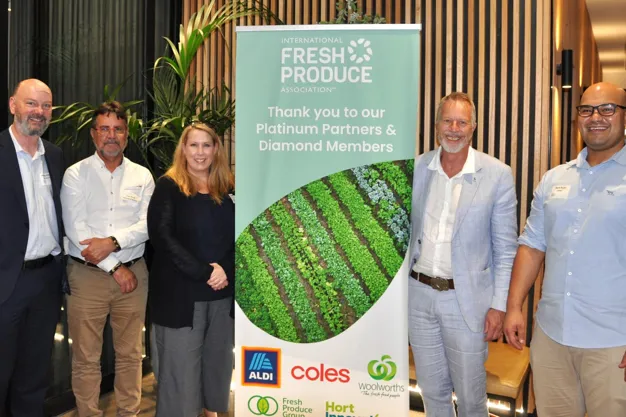Australian and New Zealand fresh produce growers need to consider safe food practices a necessary step in the cost of doing business, an investment in market access, and an insurance policy against outbreaks, delegates at the International Fresh Produce Association Australia and New Zealand’s (IFPA A-NZ) second annual Food Safety Summit heard.

IFPA A-NZ head of food safety Deon Mahoney and United States-based IFPA chief food safety and regulatory officer Natalie Dyenson were among the speakers to address growers, packers, retailers, peak industry representatives, researchers, and food regulators at the summit in Melbourne on December 12.
Key topics included an overview of the global food safety landscape; upcoming changes to production and processing standards for berries, melons, and leafy vegetables due for implementation on February 12, 2025; and how the IFPA A-NZ can support growers on food safety.
The changes to the Food Standards Code gazetted by the Federal Government in 2022 would see horticulture included as a new responsibility for state and territory regulators, Mr Mahoney said.
“There has been some confusion and angst about what the new standards mean for berry, melon, and leafy vegetable sectors and how they will work. The fresh produce industry currently works with voluntary standards set by supermarkets and food service customers and there have been no previous standards for these sectors. The summit was an opportunity for Food Standards Australia New Zealand (FSANZ) and Safe Food Production Queensland (SFPQ) to address concerns and outline how individual states and territories approach food safety regulation differently. The regulations are not that onerous. The general view is that if producers are already meeting stringent supermarket standards, they will meet the new regulations. However, there’s much work to be done by the regulators including first registering growers and packers.”
“Regulators can move things forward when growers and packers are engaged and that’s what we’re seeing. From an international standpoint, other developed countries have had these regulations in place for decades. Australia is catching up," Dyenson said.
Dyenson said the safety of Australia and New Zealand’s food supply chain was equivalent to that of the world’s leading nations including the United States and parts of Europe. However, food safety was a constantly evolving area and producers needed to be ready for what could go wrong, Mahoney said.
Hefty cost of outbreaks
“There are 4.86 million cases of foodborne illnesses in Australia each year which has a pretty staggering $2.8 billion burden on the medical system. Life-limiting illnesses can be caused by Salmonella, Listeria, Campylobacter and E. coli in the food chain and can come out of nowhere. The industry needs to do all it can to protect consumers – at every step along the supply chain.”
A report from the summit will be issued in 2024 with another summit to be held later in 2024.
For more information:
Deon Mahoney
IFPA A-NZ
Tel: +61 417 282262
